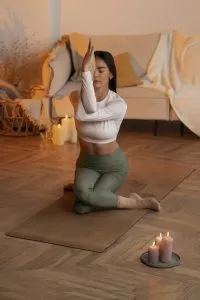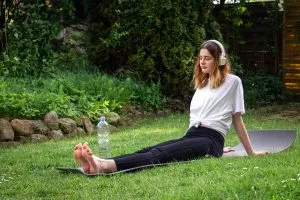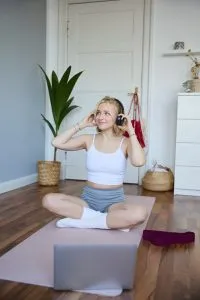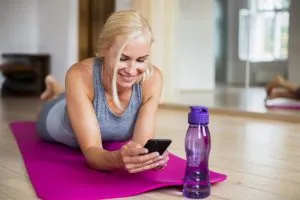Are you looking to start practicing yoga but have no idea where to begin? You’re not alone!
Yoga can be an intimidating practice to start, but it doesn’t have to be.
The Conversation says that “The popularity of yoga has grown tremendously in the past decade. More than 10% of U.S. adults have practiced yoga at some point in their lives:.
In this beginner’s guide, I’ll walk you through everything you need to know to get started with yoga and have some fun too.
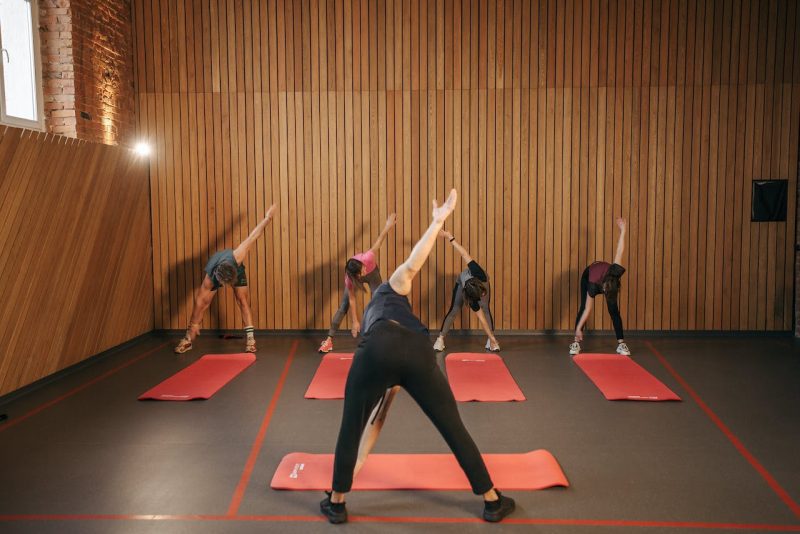
Why Yoga?
Yoga is such an amazing way to improve your physical and mental health.
It can help you build strength, flexibility, and balance, while also reducing any stress and anxiety.
Plus, it’s a low-impact exercise that can be done by people of all ages and fitness levels.
Hopkins Medicine says “Numerous studies show yoga’s benefits in arthritis, osteopenia, balance issues, oncology, women’s health, chronic pain and other specialties”.
BioPsychoSocial Medicine says “The findings obtained from their study showed that at the end of the yoga practice, which was applied two sessions per week for two years, the individuals had reductions in pain and flexibility, relaxation in the spiritual field, higher sleep quality, positive personality traits, self-esteem, and positive emotion, and they were effectively able to cope with anxiety and stress”.
TRY IT Yoga Classes for Seniors
Section 1: The Basics of Yoga
To kick things off, I want to break down the basics about yoga.
From the serene art of controlled breathing to the various poses and sequences, understanding the fundamentals of yoga is key.
When you’re learning “how to start yoga,” focus on the foundational elements that make this ancient practice so transformative.
Section 2: Finding Your Yoga Style
Yoga is a vast universe with different styles catering to various preferences and fitness levels.
Dive into Hatha for a gentle introduction, power through Vinyasa for a more dynamic experience, or find your zen in the stillness of Yin.
Remember, the idea here is to just start exploring and work out what resonates with you.
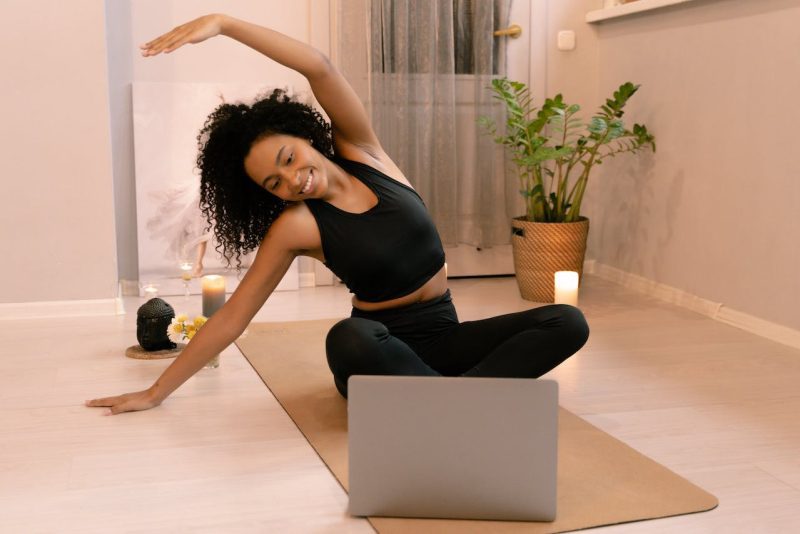
Section 3: Setting Up Your Space
Creating a dedicated space for your yoga practice is crucial.
Whether it’s a corner of your living room or a repurposed spare room, make it feel special and inviting.
The less clutter you have around the better, it allow for better focus and helps you immerse yourself in the practice.
Don’t forget a comfortable yoga mat and any props that suit your chosen style of yoga.
Section 4: Basic Poses
There are so many different yoga poses, but as a beginner, my suggestions is to start with the basics.
Here’s just a few beautiful poses to get you started:
Mountain Pose: Stand with your feet hip-width apart and your arms at your sides. Press your feet into the ground and lift the crown of your head towards the ceiling.

Mountain Pose (also called Tadasana) is a foundational yoga posture with benefits for your body and mind.
This simple yet powerful pose improves your posture by aligning the spine, givng you better awareness of your body’s positioning.
Having you feet connecting to the ground provides a stabilizing effect, this gives you a sense of grounding and connection to the earth.
Beyond its physical impact, Mountain Pose strengthens leg and core muscles, contributing to your overall toning.
It serves as a mindful pause, encouraging a moment of stillness to focus on breath and cultivate a serene mind-body connection.
This pose is an excellent solid starting point for various yoga sequences, emphasizing the importance of a strong and aligned foundation in practice.
Incorporating Mountain Pose into your routine will improve your physical strength, balance, and sets you up for a centered and mindful yoga experience.
Downward-Facing Dog: Start on your hands and knees, with your hands shoulder-width apart and your knees hip-width apart. Lift your hips up and back, straightening your arms and legs.

Downward Facing Dog, or Adho Mukha Svanasana, is a vital yoga pose renowned for its unlimited benefits.
This dynamic posture engages and stretches key muscle groups, helps your flexibility and strength in the back, shoulders, hamstrings, and calves.
By creating an inverted V shape, it boosts your circulation, giving an energizing feeling, while also a gentle stretch along the spine for tension relief and relaxation.
Downward Dog also serves as a seamless transition within yoga sequences, enhancing the fluidity of movements.
Including this pose in your practice not only fosters physical well-being but also creates a mindful connection between your breath, body, and mind.
Warrior I: Step your right foot forward and bend your right knee. Your left foot should be turned out at a 45-degree angle. Raise your arms overhead and look up towards your hands.

Warrior I, or Virabhadrasana I, stands as a powerful yoga pose that embodies strength, focus, and grounding.
It actively engages your legs, hips, and core, once again promoting physical stability and strength.
As the chest and arms reach upward, Warrior I opens up your heart, gving you a sense of expansiveness and confidence.
This pose also encourages a deep stretch in the hip flexors, for increased flexibility.
Beyond the physical benefits, Warrior I symbolizes resilience and the warrior spirit, making it a pose that not only fortifies the body but also empowers the mind.
By including Warrior I into your practice, you create a wonderful balance between strength and grace, both on and off the yoga mat.
Child’s Pose: Start on your hands and knees, then sit back on your heels and stretch your arms forward, resting your forehead on the mat.

Child’s Pose, or Balasana, offers you rest and restoration in your yoga practice.
By getting into a fetal-like position, with the forehead resting on the mat and arms extended, Child’s Pose promotes a soothing stretch along the spine and hips.
This gentle and grounding posture provides a moment of respite, it helps to release tension in the back, neck, and shoulders.
It gives you a meditative pause, encouraging introspection and mindfulness, making it an ideal pose for relaxation and stress relief.
Incorporating Child’s Pose into your yoga routine not only offers physical comfort but also creates a space for mental restoration.
Section 5: Using Online Resources
I’ve given you a couple of poses to get started with but in today’s digital age, the internet is your yoga studio.
Search for reputable online platforms offering beginner-friendly classes.
As you start on your yoga journey, search on youtube using phrases like “beginner yoga routines” or “yoga for first-timers” in your search.
Obviously, it’s also great to get involved in local classes. It’s an awesome place to meet like-minded people and learn together.
Conclusion:
Your yoga journey is an exciting venture filled with self-discovery and well-being.
You’re not just learning “how to start yoga”—you’re building a virtual sanctuary for yourself.
Embrace it all, and may your practice bring you peace, strength, and a profound connection to your inner self.
PS. If you want to find out why yoga instructors usually say ‘Namaste’ at the end of a yoga session read about it.

